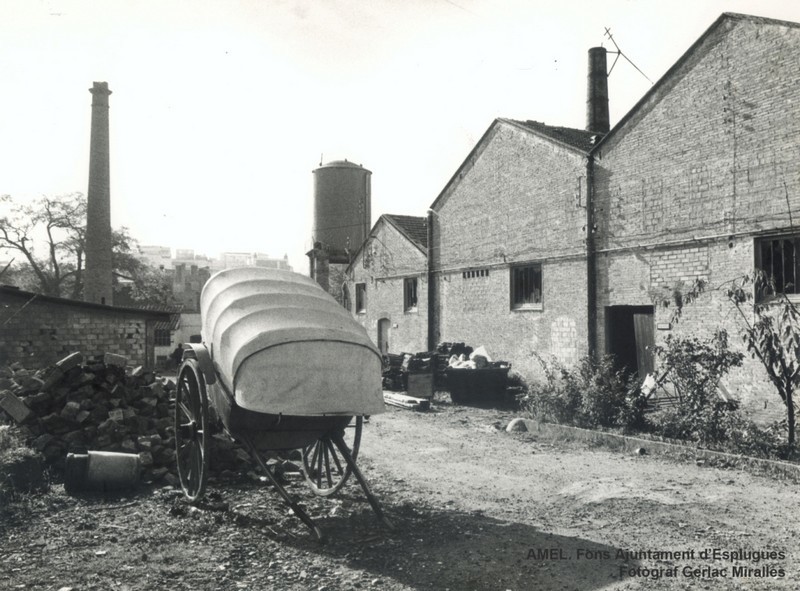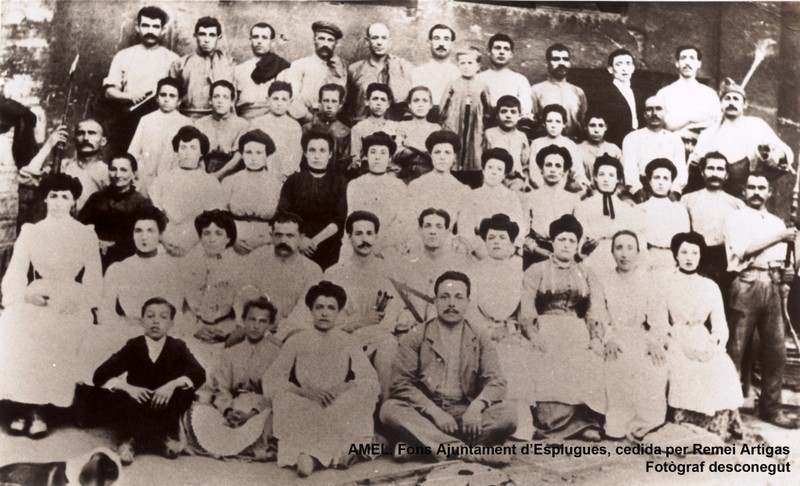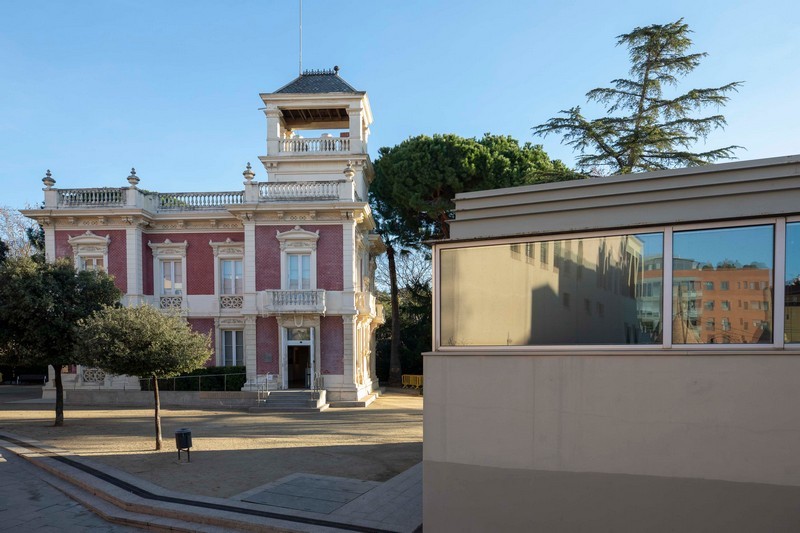From the 1850s to 1876 the factory underwent different stages and changes of hands, until Jaume Pujol i Bausis took over the business, marking the start of stable production of high-quality ceramics thanks to the modernized manufacturing process.
Its apogee coincided with Catalan Modernism. At this point, under the direction of Jaume’s son Pau Pujol i Vila, the factory collaborated with the main architects of the time, including Antoni Gaudí, Puig i Cadafalch, Domènech i Montaner, Antoni Marià Gallisà and Josep Maria Jujol.
Between 1913 and 1919 the largest extension was added to the factory, including the two majestic bottle ovens. This revolutionary extension led to a significant increase in production capacity and the incorporation of new products such as gres and porcelain.
After the Civil War (1936-1939), the company became a public limited company, Cerámicas Pujol y Baucis S.A. From then on new lines of production were started and ceramic products were commercialized until the factory finally closed. In the 1980s, Esplugues Town Council acquired the factory building and grounds, popularly known as “La Rajoleta”.


